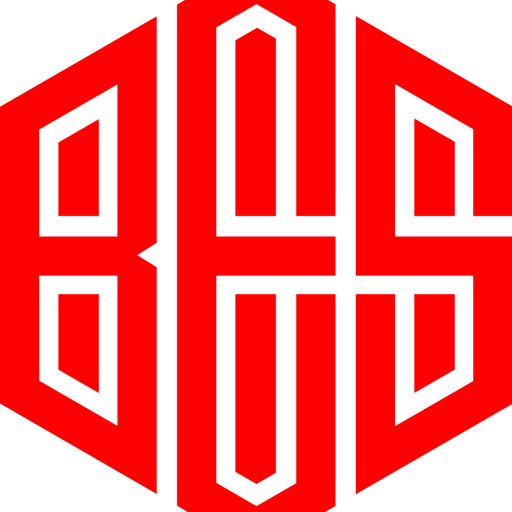
Understanding Lubricant Specifications and Standards
Lubricants are vital for maintaining the performance and longevity of machinery and equipment across various industries. However, choosing the right lubricant can be challenging due to the wide range of products available and the complex specifications and standards governing their use. In this blog post, we’ll explore the basics of lubricant specifications and standards to help you make informed decisions when selecting lubricants for your applications.
1. What Are Lubricant Specifications and Standards?
Lubricant specifications and standards are guidelines and requirements established by organizations and regulatory bodies to ensure the quality, performance, and compatibility of lubricants with specific applications. These specifications define parameters such as viscosity, base oil type, additive content, and performance characteristics to meet the needs of various industries and equipment.
2. Key Organizations and Standards
Several organizations around the world develop and maintain lubricant specifications and standards. Some of the most prominent ones include:
- American Petroleum Institute (API): API sets standards for engine oils used in automotive and industrial applications. Their standards, such as API SN (for gasoline engines) and API CJ-4 (for heavy-duty diesel engines), define performance levels and requirements for engine oils.
- Society of Automotive Engineers (SAE): SAE establishes viscosity grades for lubricants, such as SAE 5W-30 or SAE 10W-40, based on their viscosity characteristics at different temperatures.
- American Society for Testing and Materials (ASTM): ASTM develops testing methods and standards for a wide range of lubricant properties, including viscosity, pour point, oxidation stability, and wear resistance.
- European Automobile Manufacturers’ Association (ACEA): ACEA sets specifications for engine oils used in European vehicles, focusing on performance requirements for different engine types and emission control systems.
3. Understanding Lubricant Codes and Labels
Lubricant containers often display codes and labels that indicate compliance with specific standards and performance levels. Understanding these codes can help you choose the right lubricant for your needs:
- API Service Categories: Engine oils typically display API service categories such as API SN, API CK-4, or API GL-5, indicating their suitability for different engine types and performance requirements.
- Viscosity Grades: Lubricants display viscosity grades such as SAE 10W-30 or ISO VG 68, indicating their viscosity characteristics at different temperatures.
- ACEA Specifications: Lubricants meeting ACEA specifications, such as ACEA A3/B4 or ACEA C3, are suitable for specific European vehicle manufacturers and performance requirements.
4. Selecting the Right Lubricant
When selecting lubricants for your applications, consider the following factors:
- Equipment Requirements: Consult equipment manuals and manufacturer recommendations to determine the required lubricant specifications and performance levels.
- Operating Conditions: Consider factors such as temperature, load, speed, and environmental conditions when selecting lubricants.
- Compatibility: Ensure that the chosen lubricant is compatible with seals, materials, and other lubricants used in the equipment.
Conclusion
Understanding lubricant specifications and standards is crucial for selecting the right lubricants to ensure optimal performance, reliability, and longevity of machinery and equipment. By familiarizing yourself with the key organizations, standards, and codes, you can make informed decisions and choose lubricants that meet the specific needs of your applications.
At BES CO LTD, we offer a range of high-quality lubricants that meet industry standards and performance requirements. Contact us today to learn more about our lubricant products and how they can benefit your operations.





Leave a Reply